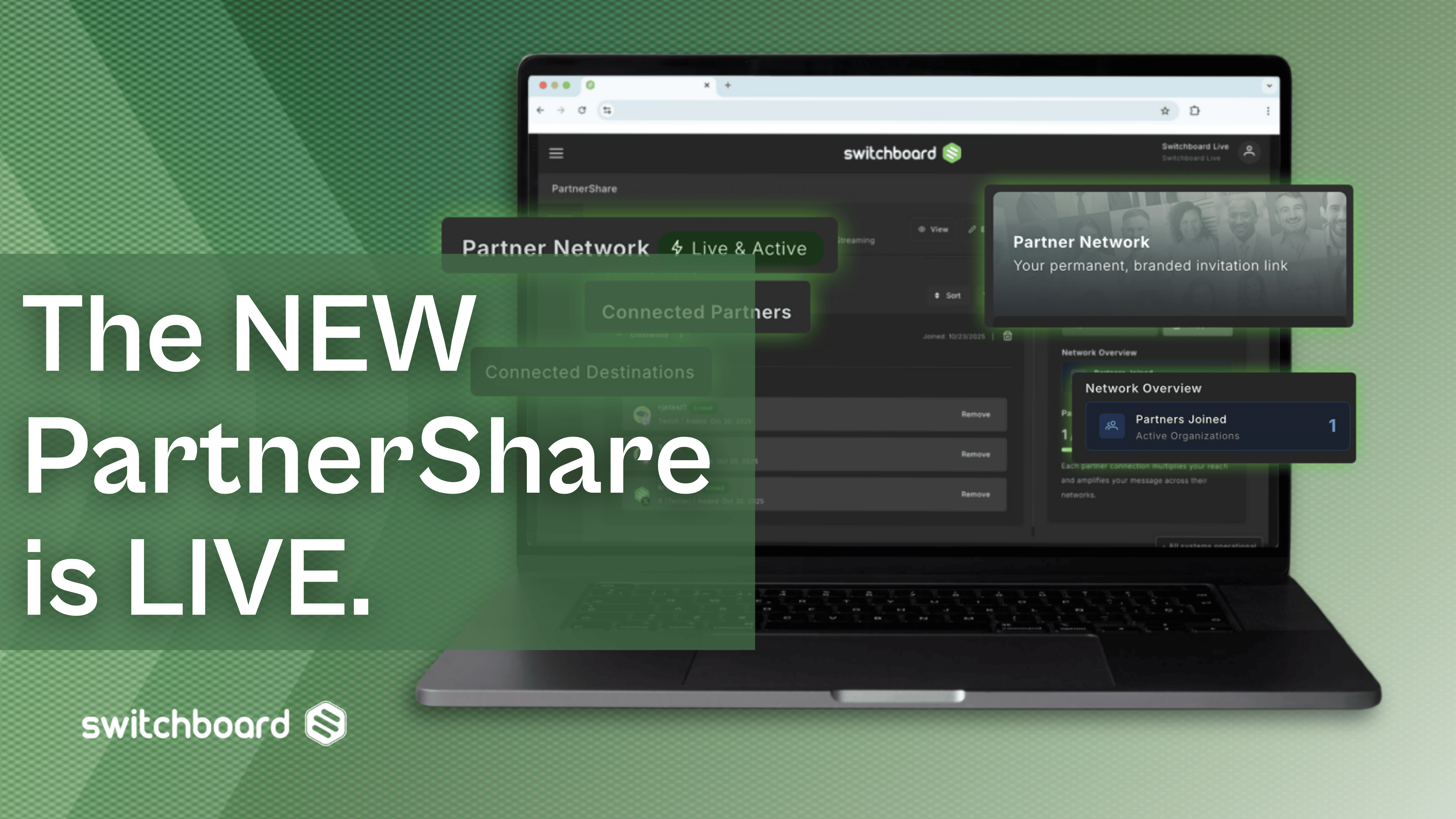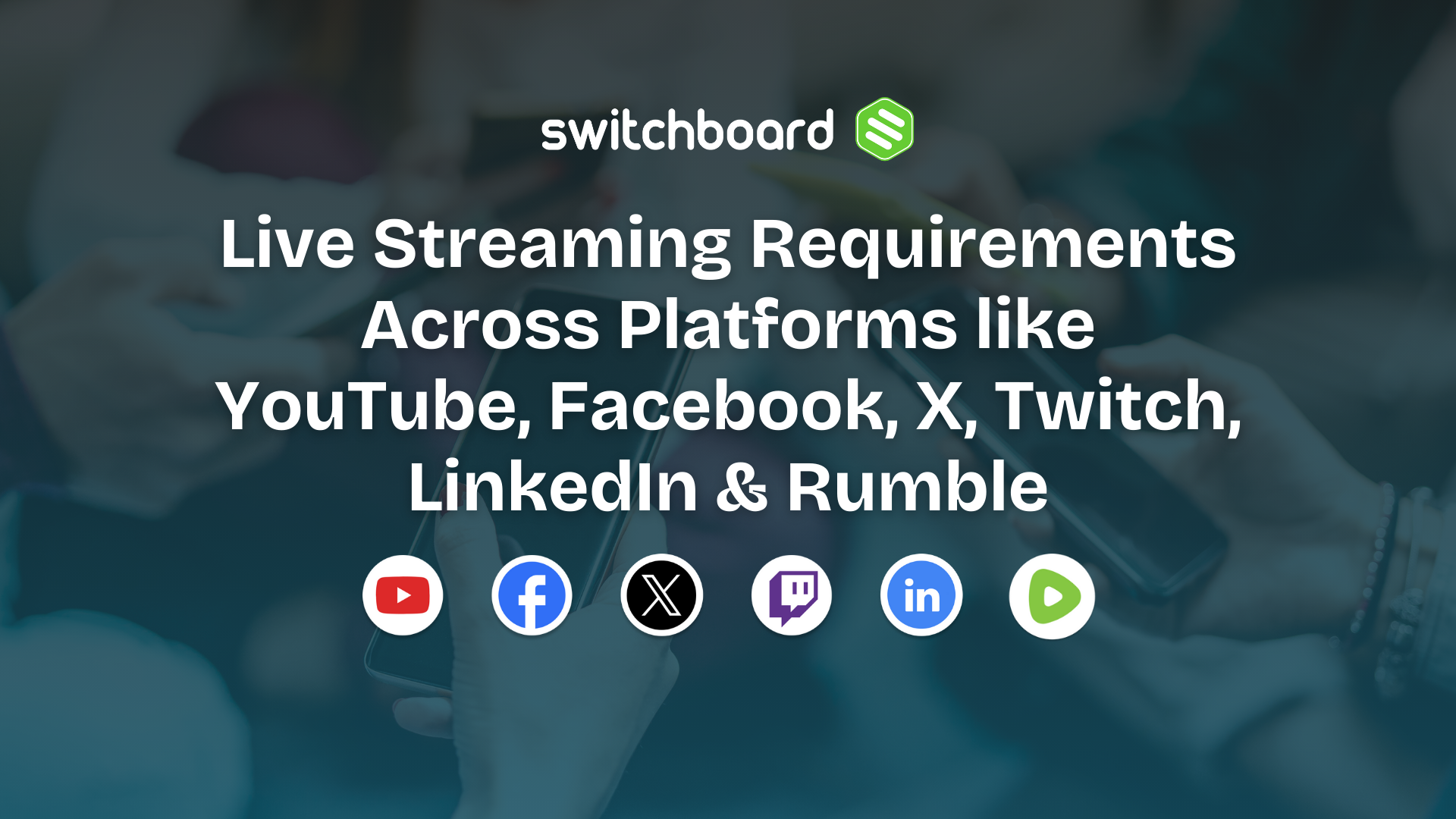With more live streaming options available than ever before, platforms are amping up their efforts to attract content creators. With Caffeine, Twitch, YouTube, and so many other platforms fighting for viewers, creating new tools is critical to any website’s success.
At VidCon 2018, YouTube rolled out three new features to lure live streams into the Google-owned website: Channel Memberships, Merchandise Sales, and Premieres. Each of these tools allows video creators more control over their channels, with the ultimate goal of creating monetization options that aren’t dependent on advertising alone.
Earlier in 2018, YouTube made major changes to their advertising rules, requiring channels to have over 1,000 subscribers, as well as 4,000 hours of video viewing time each year. While the recently unveiled benefits are aimed at slightly bigger channels, it could help to make up some of the money lost when the platform changed their channel advertising rules.

What Are Channel Memberships?
Channel Memberships are the next major step for direct channel support, including paid Super Chat messages and band ticketing integration with TicketMaster. For $4.99 per month, channel fans can unlock a complete set of channel extras, including exclusive live streams and videos, custom emojis, and special “shout-outs” in videos. This feature will only be available to channels that have over 100,000 subscribers.
How It Compares: While it’s a new feature for YouTube, it’s not as much for the streaming community. Amazon’s Twitch currently offers their own channel memberships, with subscription fees ranging from $4.99 to $24.99. In addition, some Amazon Prime members can subscribe to select partner channels as part of their annual subscription. While this is a great option for creators who regularly live stream, it’s still a relatively new option for YouTube.

How Can YouTube Creators Sell Merchandise Through Their Videos?
Most live streamers make more money outside of YouTube than through videos alone. Books, concert tours, live appearances, and merchandise are often more profitable than producing multiple videos and streams per day. YouTube recognizes this and will soon roll out tools for creators to sell merchandise directly through their channels. Partnering with Teespring, creators can put their logos and designs on over 20 products, all of which are available directly through their YouTube page. This feature will be available for channels with over 10,000 subscribers.
How it compares: YouTube’s partnership with Teespring is part of a larger trend among streamers and content creators. In October 2017, Twitch announced an internal partnership with Merch by Amazon to let streamers sell branded items through their streaming pages. Other companies, like The Yetee, also cater to video producers without direct stream sales. Adding a retail portal direct on a video channel is an interesting experiment that could pay dividends over time.
Are Premieres Different than Live Streams?
There are certain situations where a live stream is not the right choice. When debuting a new product or making a major announcement, some creators would rather take the time to give their video the right amount of polish. This is where Premieres is a game changer: producers can set up an event like a live stream, but instead broadcast a pre-recorded video. YouTube will still promote the video as if it were a live stream, and creators can interact with the audience in real time during the Premiere. This new feature creates the potential for artists to create virtual listening parties, or for companies to announce new products while hosting a question-and-answer session in real time.
How it compares: YouTube Premieres could be the only unique announcement to come out of the VidCon announcement. Other live stream sites archive past events for later playback, but don’t let creators set up future "premiere" events. With this option, producers have more flexibility in not only what they create, but how it gets out to their audience – which could change the approach to “live” video in the future.
While not all of YouTube’s features may be new, they bring the video website up to date with other streaming platforms. Because many of these are exclusive to channels with a high number of subscribers, their success will be based on how creators implement them into their regular content plans.




.png)
.png)
.png)





